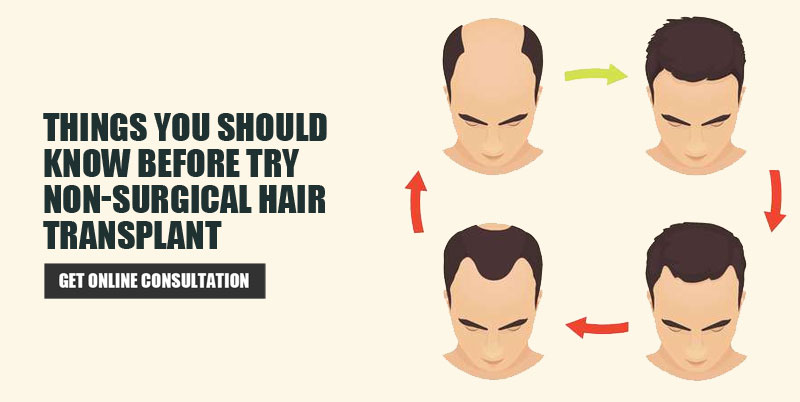Various stages of Male Pattern Hair loss Treatment
The rate of men losing their hair varies widely, hair loss can begin at early age, and while some men may shed hair in their twenties, on a stage of up to thirty or forty.
Others may have no discernible hair loss until the early fifties, progressing tremendously fast to a half - dozen or type seven.
Stage 1: No sign, but a full head over your younger years is not a guarantee that you will not need to change depilation in the near future. This is often simply what Elegance Clinic, one of the leading hair transplant centers in Gujarat, can expect at the primary stage. This is often mainly similar to the Norwood-Hamilton scale, which describes the seven completely different stages of male hair loss.
At this stage, teenage hair looks full and healthy. There are no signs of hair loss on the top or on the top crown. Don't let your guard down, however. When you enter the 20s, start observing your hairline and learn about the history of hairlessness and male hairlessness in your family. In the International Society of Hair Restoration Surgery, the common story that hairlessness is only inheritable from the mother's point of view is completely wrong.
Stage 2: watch out for the frontal hairline this is wherever everything begins. Start a pair of shows the progression to the degree of the adult hairline and now you want to look for signs of male hairlessness. The initial sign of hairlessness associated degree is after you begin to notice a symmetrical or triangular recession space on the frontal hairline. At the front, the associate degree M or U pattern is made. The loss of hair is incredibly gentle and sometimes focused on the front, but be careful with the central part of your scalp, as it may also lose hair. Consulting a specialist now will be helpful.
Stage 3: hair loss is visible at this stage, hair loss is important enough to be marked as hair loss. The symmetric recession in the temples is deepening. In some cases, the temples are empty. The hair at the top of the "vertex "is also the agent. You already want to consider obtaining a hair transplant.
Stage 4: Currently, the lack of hair is obvious within the temporal and front crown space. Bald spot at the top's back begins to look. There is often a bridge of moderately dense hair that separates the hair loss from the vertex or crown at the front of the scalp. This may be a positive sign that you can just keep your hair growing, so you want to consider all your choices now. Look at your alternative hairlessness cure— FDA-approved medicines or surgery— if you are lucky, you will go back to Stage 3 or Stage 2.
Stage 5: severe hair loss this is the beginning of serious hair loss. Even the hair band between the hairline and thus the crown starts to get the agent. The hair loss in the temples and thus the vertex is separate and noticeable at the moment. This happens unnoticeably when you reach the age of fifty, but it can also happen to men in their thirties. If you are traveling for hair transplants at this stage, raise your doctor or surgeon if you have a 4000-hair grafting procedure. Recognize that additional square measurement of hair grafts is now required to cover natural-looking hair.
Stage 6: It becomes essential the hair bridge is now completely gone. The hairlessness is now concentrated in the middle of the scalp. In addition to the remaining hair at the edges, a horseshoe shape is made at the top of your head. Wait, because the stages progress, the hair on your ears begins to the skin. However, don't worry because of their square measurement that there are still plenty of areas where donor hair can be extracted. The hair replacement thuslutions square measures at each stage of the hair loss, so that a natural hair restoration procedure is still possible even in this crisis.
Stage 7: Hair today, tomorrow the horseshoe pattern is extended to the back and therefore the sides are completely bald at the top of your head. And since you have already reached the most serious stage of hair loss, donor hair may be scarce at the moment. However, if the hair of a donor is still sufficient, you will still choose a procedure. Simply manage your expectations due to the lack of donor's hair, which further suggests that the results are limited. While you continue to do so, the lesson is to urge a cure.





